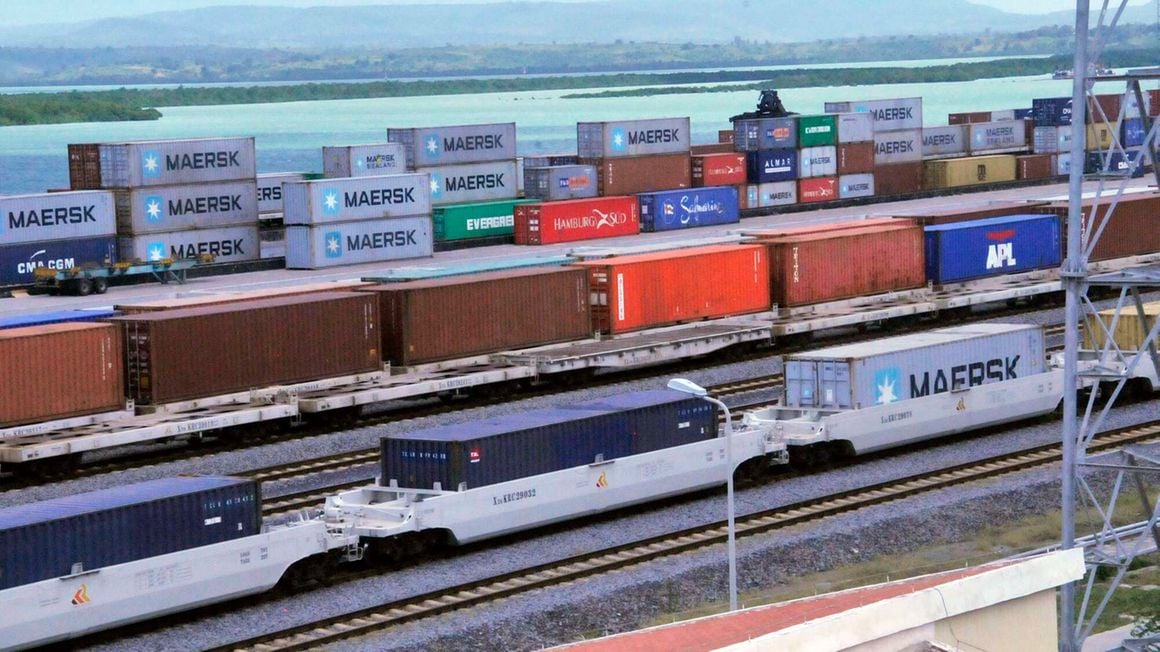
Our Projects are
Transforming African Trade
Quick Contacts
2nd Floor, Fidelity Insurance Centre Waiyaki Way, Westlands

By Ahmed Fara
In the face of escalating global environmental challenges, African nations are at a pivotal moment. With less than four percent contribution to global greenhouse gas emissions (GHGs), Africa faces the daunting task of balancing economic growth with environmental sustainability. But this is not just a challenge; it’s an opportunity for transformation.
At the core of this transformation is the shift from traditional, fossil fuel-driven industrialisation to a model that leverages Africa’s abundant renewable energy resources and minerals essential for green growth.
Kenya, for instance, is leading by example, generating nearly 90 percent of its electricity from renewable sources, according to the Energy and Petroleum Regulatory Authority. Kenya’s case, pundits say, proves that industrialisation doesn’t have to follow the pollute-first, clean-up-later pathway. It’s a lesson in how environmental conservation and economic development can go hand in hand.
The increasing preference for eco-friendly products in export markets affects African traders. For example, the environmental impact of airfreighting fresh produce from Kenya to Europe is significantly higher compared to sea freight. This not only impacts the environment but also the profitability of industries reliant on airfreight.
However, transitioning to sea freight presents an advantageous solution. It is environmentally friendly and economically viable, aligning climate action with development goals.
How significant are the environmental concerns with air freight? Air freight constitutes about 2.5 percent of global carbon emissions while transporting just 1 percent of total global cargo. This environmental impact is a driving force behind the shift. The transition to sea freight is expected to significantly reduce the carbon footprint of fresh produce exports.
Sea freight emits fewer GHGs compared to airfreight, contributing to a more sustainable and environmentally friendly approach to international trade. This aligns with Kenya’s commitment to green growth and sustainability.
A study on sea freight for Kenya’s agricultural exports, commissioned by the Kingdom of the Netherlands, demonstrated that sea freighting can reduce carbon emissions by up to 85 percent. Over 80 percent of global trade is conducted via the sea. With markets increasingly demanding locally produced, green low-carbon products in line with the customer attitudes, preferences, and consumption patterns, this strategy doesn’t just cut costs; it creates jobs by ensuring continuity of market access and reduces GHG emissions significantly.
Tackling infrastructure deficits and non-tariff barriers to boost Africa’s global trade footprint is a double marshal plan that can enhance inter-regional trade, improve commerce, build resilience against climate change and enhance food security.
COP28 has offered a crucial opportunity for African governments to reflect on the Africa Climate Summit agreement, which detailed a focus on decarbonising transport, industrial, and electricity sectors to foster global green production and supply chains.
Read original article
Disclaimer: The views and opinions expressed in this article are those of the authors and do not necessarily reflect the official policy or position of TradeMark Africa.